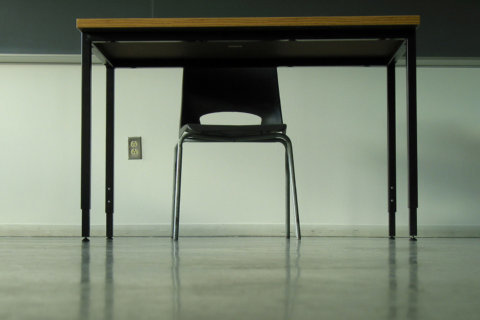
WASHINGTON — D.C. public and charter schoolteachers appeared before the D.C. State Board of Education Wednesday night to offer some of the reasons why the District has an unusually high turnover rate of teachers.
A study ordered by the board and made public earlier this month concluded that the city’s teacher turnover rate is higher than other cities and higher than the national average.
“We leave due to financial (reasons) and, most of all, due to lack of support and freedom to do the right thing for our students, our children,” said Jill Telford, a teacher at Takoma Children’s School.
The uncertainty of one-year contracts for teachers and principals and the school system’s teacher evaluation process — called IMPACT, which stresses raising student achievement through higher test scores — are blamed by some teachers for ratcheting up stress, pressure and anxiety in the schools, creating a difficult teaching environment that discourages educators from staying.
“The problem in education is we’re trying to make cookie cutters out of these people (teachers) as opposed to relying on their expertise,” said Phillip Copeland, a veteran teacher at Cesar Chavez Public Charter School, who resigned his post on Oct. 19, blaming significant time obligations of a heavy teacher workload, added to a two-hour commute.
“On the average, 55 percent of teachers leave their schools within three years,” said Mary Levy, education researcher and author of the study on D.C. teacher turnover.
“Middle schools, on average, lose 80 percent of their teachers within five years … most neighborhood high schools lose 80 percent of their teachers within five years. Elementary (schools) are better; they’re 67 percent,” she said.
The teachers told the board that school funding should not be linked to standardized test scores, that teachers need strong leadership from confident principals not worried about losing their jobs, and that teachers must be allowed to do what they love and what they are trained to do — teach.
“I think we have qualified teachers within the classroom, and I think that if we trust them to actually do their jobs, you can give them the time to do their jobs, and then you’ll see more positive results,” Copeland said.










